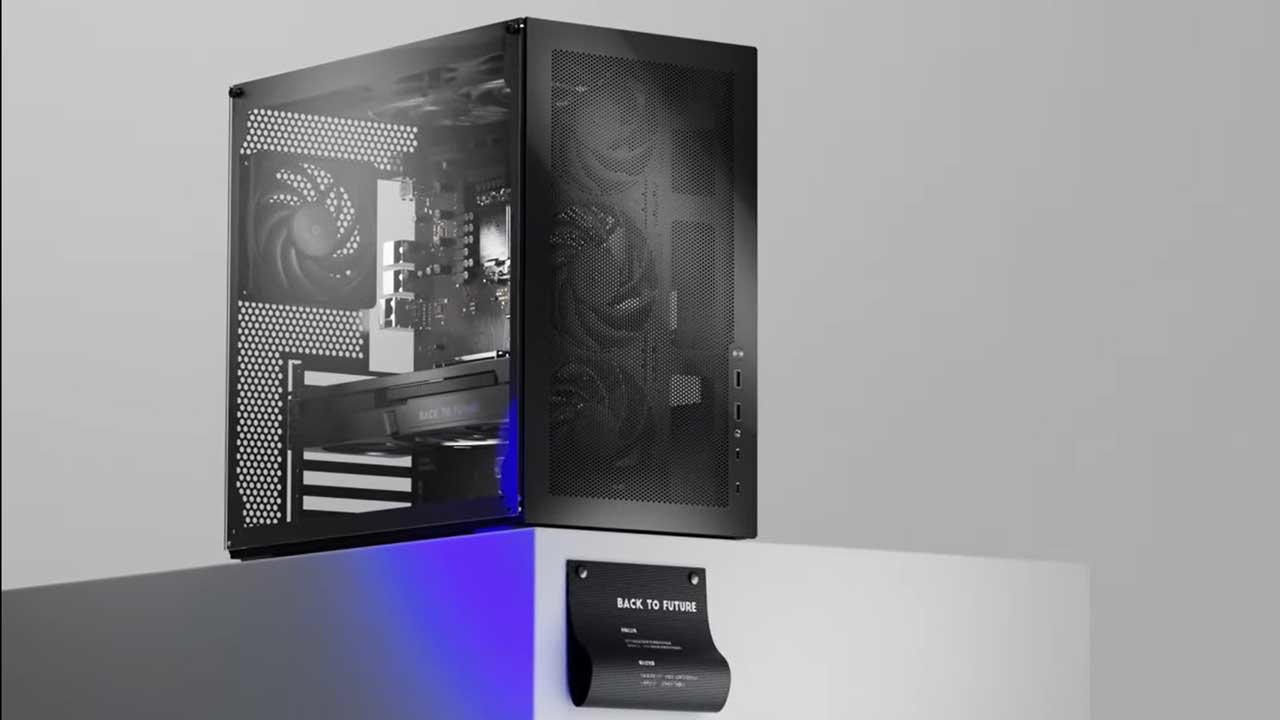
A major breakthrough in PC building aims to eliminate messy cable management between core components. The newly finalized BTF3.0 standard, developed by DIY-APE, enables direct cable-free connections between power supplies, motherboards, and graphics cards.
The centerpiece of BTF3.0 is a new 50-pin header capable of delivering up to 1,500W of power, replacing traditional 24-pin motherboard and 8-pin CPU power connectors. This single connection handles power distribution to both the motherboard and graphics card through the innovative GC-HPWR connector system.
Major manufacturers like Asus and MSI have already embraced earlier BTF designs, which move connectors to the rear of components. A prototype Z890 chipset motherboard from Colorful demonstrates the new standard in action, paired with an Asus RTX 4070 12G-BTF graphics card.
The system elegantly routes power from the PSU through the motherboard and PCIe slot to the GPU, potentially eliminating risks of melted power cables that have plagued some high-end graphics cards. When combined with M.2 SSDs instead of SATA drives, the only remaining cables needed are for the CPU cooler, case fans, RGB lighting, and front panel.
However, mass adoption faces some hurdles. Case manufacturers currently use varying motherboard tray thicknesses and cutouts, requiring design standardization before BTF3.0 can become widespread. The industry will need to align on consistent specifications for seamless component integration.
While BTF3.0 represents an exciting step toward cleaner PC builds, the timeline for mainstream adoption remains uncertain. The technology promises to revolutionize PC assembly by dramatically reducing cable clutter, but requires broader industry cooperation to reach its full potential.